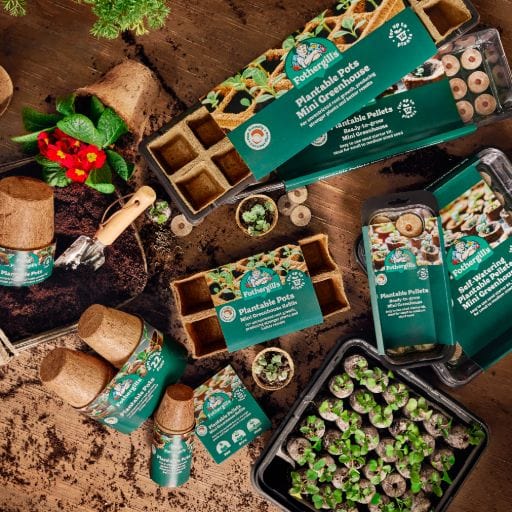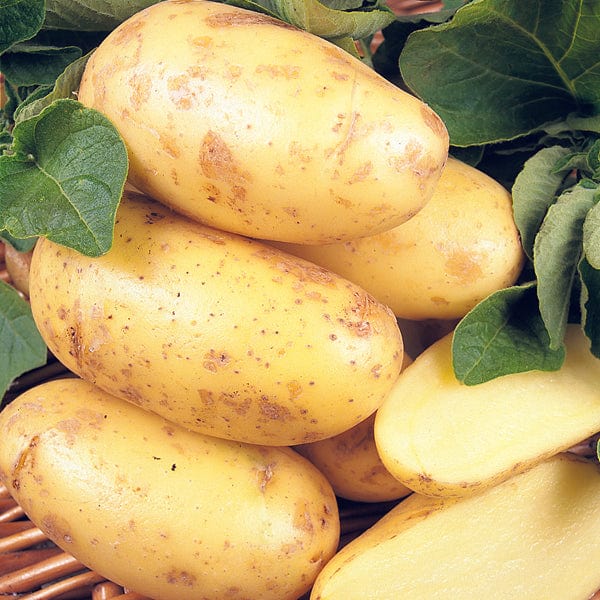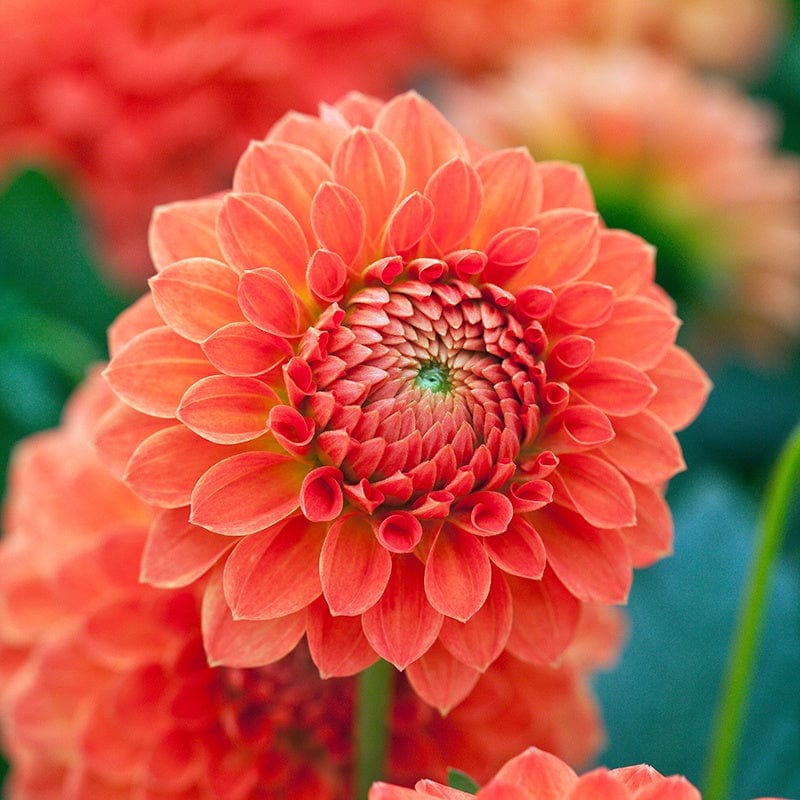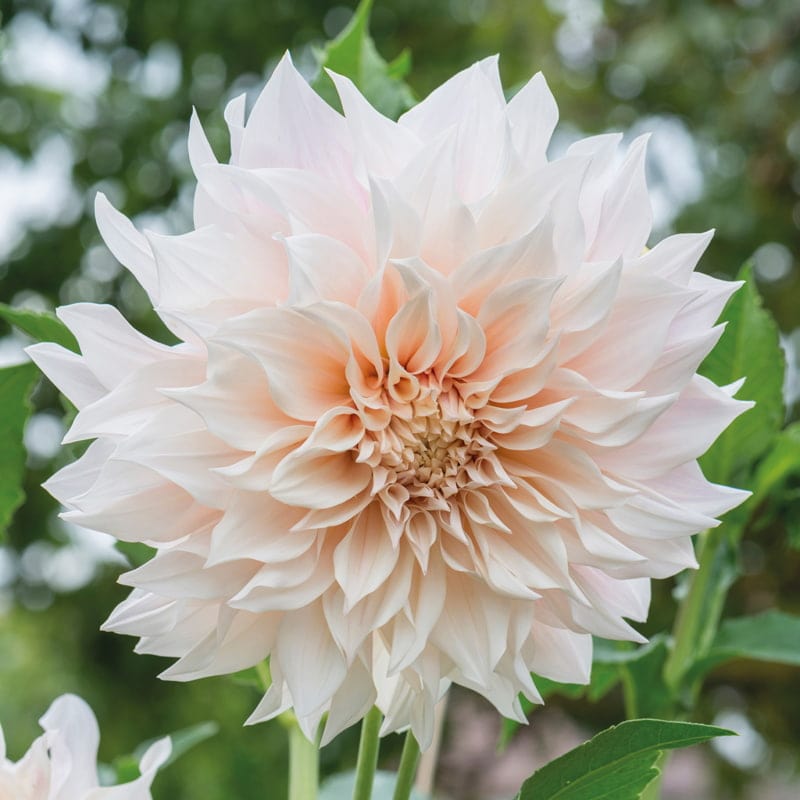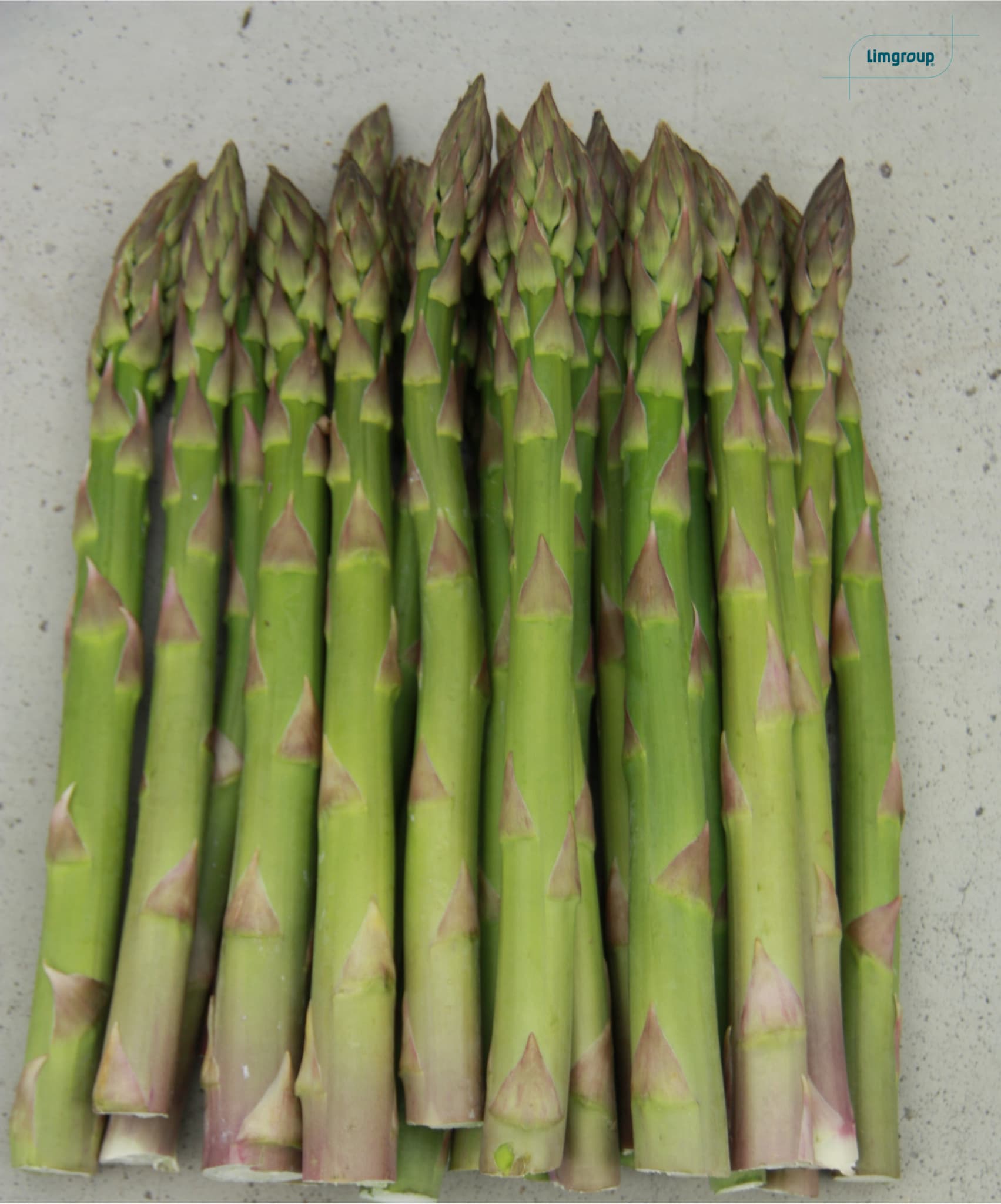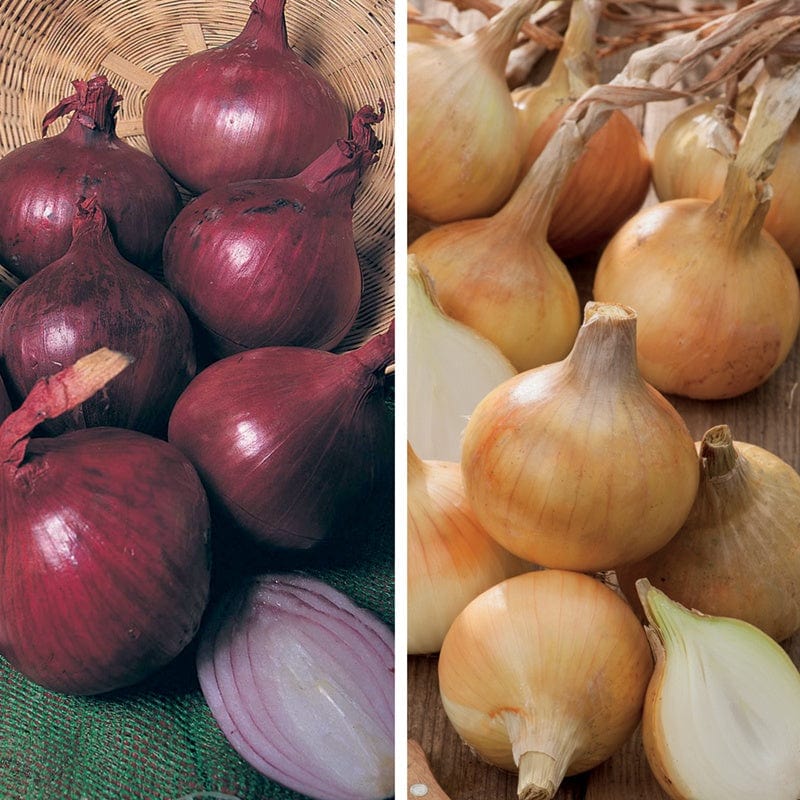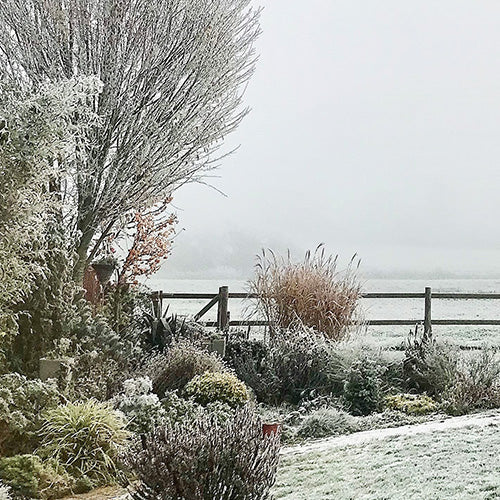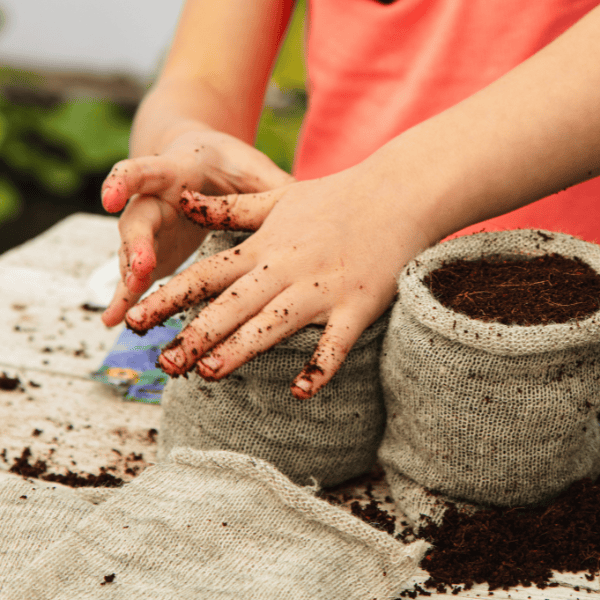For those itching to get into the garden on those rare, sunny February days, there are plenty of reasons to go and make the most of them. Even though the weather may be cold and the plants still dormant, there are still many useful things you can do to keep your garden looking its best, healthy, and ready for spring.
After all, gardening is all about thinking ahead, so whether you’re keen to do some general garden maintenance or are wondering what to plant in February, Fothergill’s has plenty of suggestions to keep you busy!
What to Plant in February in the UK
We know, we know, waiting all winter long just to get sowing vegetable seeds or planting flower bulbs can be a drag. But, by February time, there is a whole selection of plants that you can get started on growing.
Flower Plants
Cosmos
If you’re looking to grow annual flower plants, you’ll be glad to hear that February is a great time to begin sowing flower seeds. Our very easy-to-grow cosmos seeds are ideal for sowing on a sunny windowsill and can even be the responsibility of your little ones! After all, who wouldn’t be enticed by the idea of gardening after seeing these beauties grow? When they’re large enough to handle, and the weather gets a little lighter, you can help your kids move them into pots or even your flower bed!
Lillies
Who doesn’t love lilies? Making the perfect addition to your cut flower garden, lily bulbs are perfect for planting in February. They thrive in well-draining soil in full view of the sun. If your February soil is still looking a little too wet, we’d recommend growing your lilies in pots until the weather warms.
Salvias
Introduce some variety to your garden by sowing salvia seeds into your arrangements! These seeds are ideal for sowing in February over a peat-free compost indoors. Salvia plants enjoy a warm, sunny location and can be planted out once any signs of the last frost have passed.
Vegetable Plants
Tomatoes
Ideal for sowing towards the end of the month of February, tomato seeds require a warm and sunny location, like a windowsill, to germinate. Again, this is a great way to get the whole family involved in gardening and show the kids how rewarding it is to grow your own produce.
Kale
Yes, kale is a hardy vegetable, but despite what you may know about them, they do prefer to be sown indoors during the winter months. Those chilly temperatures outdoors do nothing to support germination across a whole variety of plants. With that in mind, sow your kale seeds in modules on a sunny windowsill - maybe even right next to your tomato plants!
February Gardening Jobs
Spring is every gardener’s favourite time of year. Typically, the busiest time in the garden, there’s a lot to prepare before those brighter mornings swing back around. So, where should you get started?
General maintenance
First on the list of February gardening jobs is to continue tidying up your garden, clearing out any leaf litter, weeds, or dead plants that could give rise to disease and harm your garden. Clearing the debris will also help you identify where new gaps in the border have appeared, creating space for new plants.
Pruning
Pruning any ornamental trees, shrubs, and woody plants that flower late in the summer is a really satisfying job to do now. Most are currently dormant and have shed their leaves, making it easy to identify and access any stems that need trimming back or removing.
First, get rid of any dead, diseased or mouldy parts, and clean the cutting blades well to prevent the spread of disease to other plants. Then, stand back and look at the general shape of the plant. Remove any stems or branches that overlap, grow in the wrong direction, or swamp other nearby plants to improve the plant’s overall shape and encourage vigorous new growth.
Keep in mind that early flowering woody plants tend to bloom on last year's ripened stems; these plants should be left alone right now, or you may greatly reduce flowering for the coming season. It is usually best to prune those lightly straight after flowering.
Sweep
Sweep and clear any paths or walkways in your garden. This will prevent them from becoming slippery hazards and reduce the number of weeds trying to get an early foothold in the gaps.
Lawn Care
If it’s a healthy gardening workout you’re after, then it’s a healthy gardening workout you’ll get! Break a sweat when you head outside and rake and aerate your lawn - but only if it is dry and the soil is not wet or muddy.
Remove any moss or thatch that has accumulated with a scarifying tool or spring tine rake. Aerate the lawn by opening up the soil structure with a tool made for the purpose or simply by repeatedly plunging a garden fork into it and repeating this across the entire lawn. You can then further improve the drainage of your lawn by sprinkling sand over it and sweeping it into the holes you’ve just made. This is especially useful in areas of the lawn that are prone to get boggy.
Winter Protection
A gentler job that takes only a little time and is well worthwhile is to walk around and check on any protection you have used for your overwintering plants, especially after strong winds and winter storms. Make sure any fleece, cloches and tunnels you have used are still up to the job of protecting your plants from frost, snow, and ice. At the same time, check for any tree or plant ties that may have been loosened in bad weather.
Find February Gardening Essentials at Fothergill’s
February is always a good time to prepare and plan the garden for spring. This will give you a head start and a better chance of having a successful and beautiful garden when the growing season gets underway. Why not take a look at our gardening essentials today to keep on top of your garden?
If you’ve got any further questions about what to plant in February in the UK or our February gardening jobs, don’t hesitate to contact us or dig deeper into our gardening blog!












